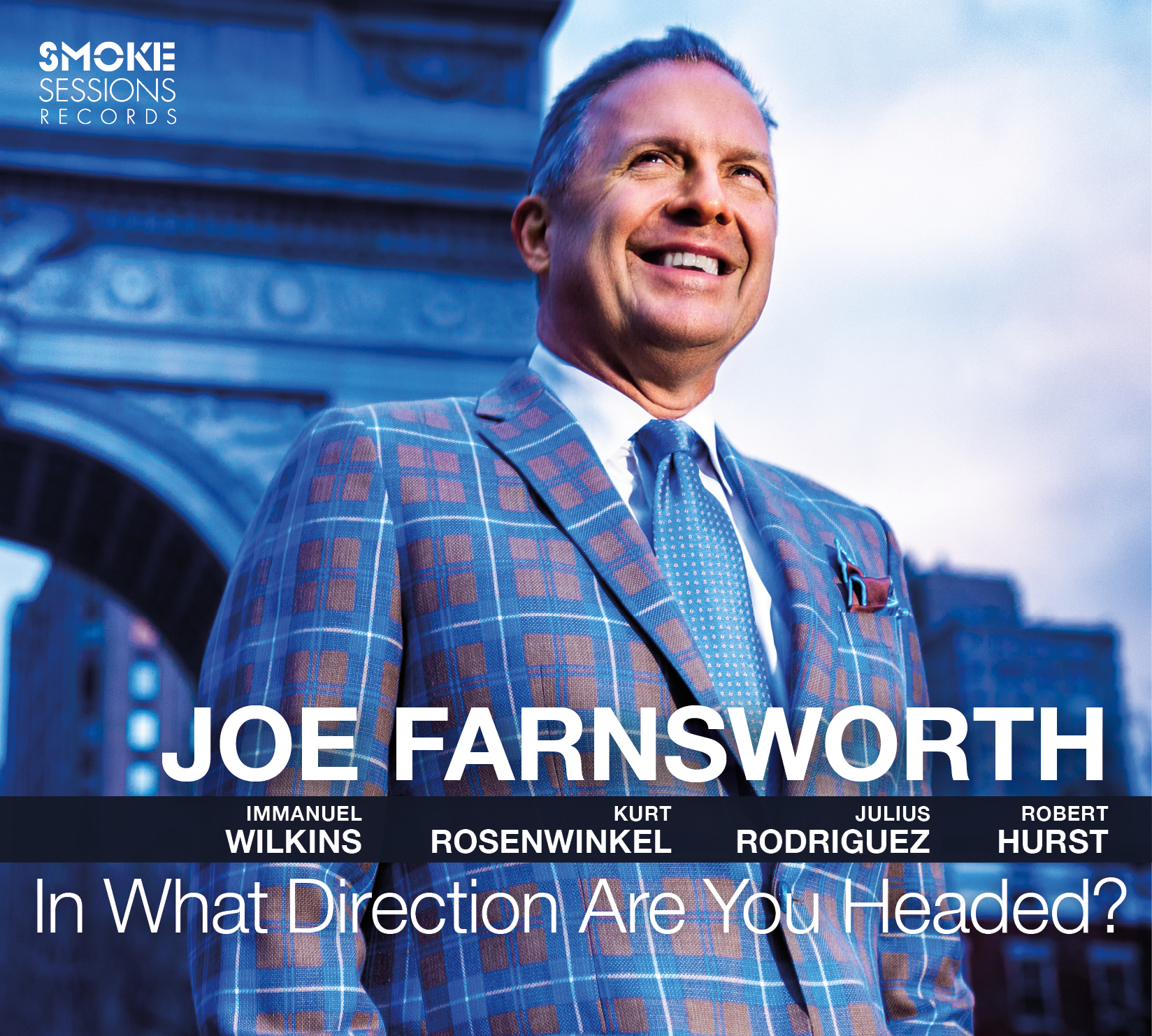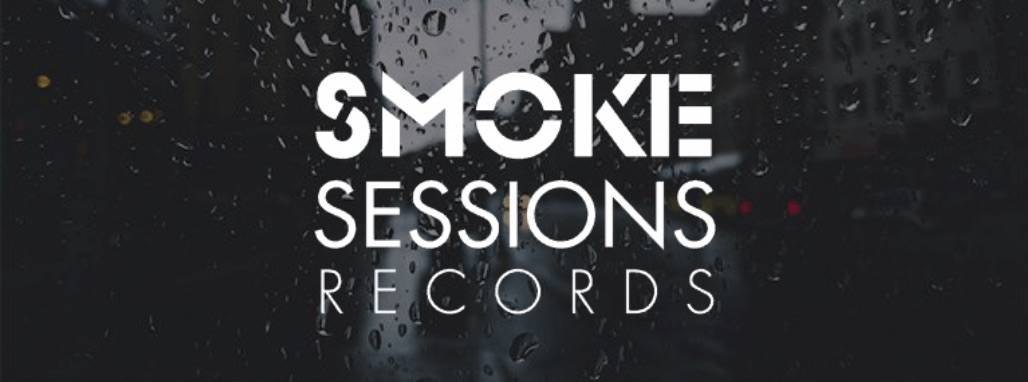Drummer Joe Farnsworth has honed his estimable skills behind the kit through decades of work with some of jazz’s greatest elders – iconic names like McCoy Tyner, Pharoah Sanders, Harold Mabern, Horace Silver, Benny Golson, Cedar Walton, Barry Harris, Curtis Fuller, George Coleman, Johnny Griffin, Lou Donaldson, Cecil Payne, Kenny Barron, and others. In recent years he’s seen many of his mentors pass away, while peers from his own generation have ascended to the status of innovators.
In What Direction Are You Headed? marks a turning point in Farnsworth’s career, as he’s assembled a new quintet featuring not his renowned forebears but esteemed talents from his own generation and a younger, rising class. the drummer’s third outing for the label debuts a stellar all-star group with guitarist Kurt Rosenwinkel, saxophonist Immanuel Wilkins, keyboardist Julius Rodriguez, and bassist Robert Hurst. “I’ve spent my whole life trying to play with great musicians like Cedar Walton and George Coleman and Harold Mabern, and I have been very fortunate to achieve those goals,” Farnsworth says. “Meanwhile, there are all these guys my age and younger players doing a whole new thing. It’s time for me to take the lessons I’ve learned from those elders and develop my own thing.”
Along with the loss of so many of those older giants, Farnsworth was inspired to find his own voice by several memorable opportunities to share the stage of the legendary Village Vanguard with some of his most celebrated contemporaries: Peter Bernstein and then Brad Mehldau in a band that also included bass great Christian McBride. He was also invited to the venue for a particularly memorable stint with Rosenwinkel. “Kurt basically called me out of the blue,” the drummer recalls. “I’d never met him or really even heard him play. That week at the Vanguard opened up a whole new world of possibilities for me. It was stunning to hear his compositions and his artistry.”
From that moment, Farnsworth decided that his next project would prominently feature Rosenwinkel. As he has with his past Smoke Sessions outing, he built the concept around one key collaborator – Wynton Marsalis on Time to Swing in 2020, and Kenny Barron on the following year’s City of Sounds. To complement Rosenwinkel, he decided on Wilkins, the guitarist’s fellow Philadelphian and a saxophonist/composer whose two Blue Note albums have garnered resounding acclaim for his adventurous playing and compositional vision.
The Juilliard-trained Rodriguez made his own splash with his Verve Records release Let Sound Tell All, a kaleidoscopic blend of jazz, R&B, gospel, classical and hip-hop influences. Farnsworth also seized on the opportunity for a long overdue hook-up with Hurst, a multiple Grammy winner known for his work with Branford and Wynton Marsalis, Diana Krall, Harry Connick Jr., Mulgrew Miller, and others.
The title track from In What Direction Are You Headed? provides not only a mission statement for the album but a bridge between past and future. The bold, determined Harold Mabern composition was originally recorded for Lee Morgan’s final studio album from 1971. It became something of a theme song for Mabern throughout the decade before being largely dropped from his repertoire. Despite his extensive experience accompanying the pianist, Farnsworth had never played “In What Direction Are You Headed?” until his final gig with Mabern, once again at the Village Vanguard. When the idea struck him that the song would be a perfect fit for the session, he contacted the late pianist’s son, Michael Mabern. As Farnsworth recalls, “Michael said, ‘I’ve been listening to that song all week. I was hoping that someone would rerecord it.’ That became the foundational block that I needed for the record.”
“The thing that connects guys like Billy Higgins and Roy Haynes with younger guys like Kurt and Brad Mehldau is that they all play happy, joyous, and free,” Farnsworth concludes. “For a long time, I obsessed over trying to play the perfect Max Roach solo or the perfect Art Blakey solo. That’s never going to happen, but I realized that I’m free to play a pretty good Joe Farnsworth solo – and I’m cool with that.”

